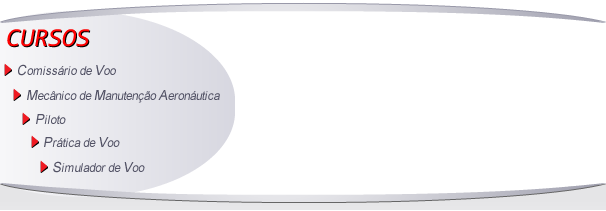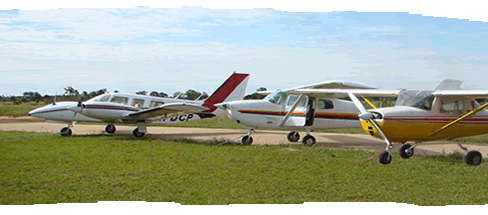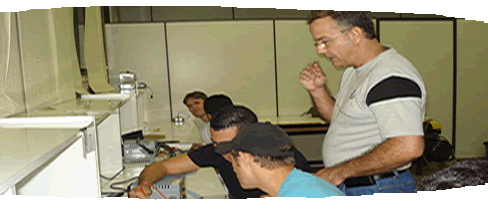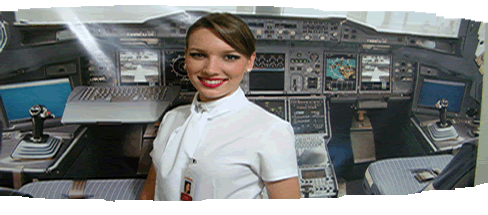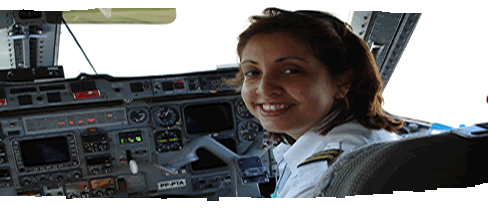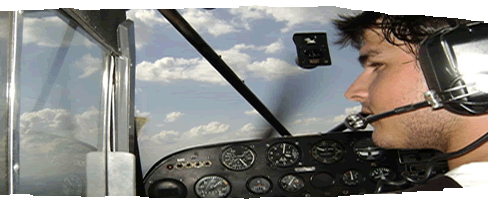
Informações sobre o curso:
*Duração de quatro meses (aulas teóricas e práticas)
*Aulas de segunda a sexta-feira, aos sábados se houver necessidade.
*Horário Matutino: 08:15 às 11:15*Horário Noturno: 19:00 às 22:30
Intervalo de 15minutos
Requisitos para ser Comissário(a)
- 2º grau completo ou cursando
- exame médico em Hospital credenciado pela ANAC, em Campo Grande temos (Hospital da Base Aérea)
- altura mínima recomendada para homens: 1,65m
- altura mínima recomendada para mulheres: 1,55m
- apresentação pessoal
- dinamismo
- idioma estrangeiro ( a critério da Empresa Aérea)
- Idade mínima de 15 anos (máximo a critério da Companhia Aérea)
Documentação necessária: Trazer original no ato da inscrição ou enviar em formato JPG para o e-mail: secretaria@flycompany.com.br No ato da inscrição, o candidato deverá apresentar os seguintes documentos: Candidatos brasileiros
1) Carteira de identidade
2) Comprovante de conclusão do 2º grau ou equivalente ou declaração de cursando
3) Título de eleitor (para maiores de 18 anos)
4) CPF
5) Certificado de reservista ou de alistamento militar (para homens)
6) Comprovante de residência
7) Certidão Nascimento ou Casamento Candidatos estrangeiros
1)Passaporte
2)Identidade para estrangeiro ou documento equivalente emitido pela Policia Federal
3)Certificado de escolaridade
4)ou documento equivalente
5)01 foto 5x7 datada dos últimos meses Neste curso, o aluno terá várias atividades referentes a profissão dividido em quatro módulos:
ESS-RPA-PSS-CGA
Parte Teórica: * RPA - Regulamentação da Profissão do Aeronauta
• Comissário de Voo
• Sistemas de Aviação Civil
• Regulamentação da Aviação Civil
• Regulamentação da Profissão do Aeronauta
• Segurança de Voo * CGA - Conhecimentos Gerais de Avião
• Conhecimentos Básicos sobre Aeronaves
• Navegação Aérea
• Meteorologia
PSS - Primeiros Socorros
• Aspectos Fisiológicos da Atividade do Comissário de Voo
• Primeiros Socorros na Aviação Civil
ESS - Emergência e Sobrevivência
• Emergência a Bordo
• Sobrevivência
• Fatores Humanoa na Aviação Civil
Instrução Prática:
Treinamento de Emergência
Combate ao Fogo
Sobrevivência na Água
Sobrevivência na Selva e Primeiros Socorros após Acidente
Após ter concluído o curso teórico e prático o(a) aluno(a) será submetido(a) ao exame teórico aplicado pelo Comando da Aeronáutica através do ANAC (Agência nacional de Aviação Civil), sendo aprovado o aluno estará apto a encaminhar o curriculo para as Companhias Aéreas tendo como objetivo a entrevista nas refereridas companhias.
Veja abaixo o que diz o U.S. Department of Transportation - USA. GENERAL INFORMATION
While the flight crew in the cockpit is responsible for getting the passengers to their destination safely and comfortably, the flight attendants are in charge of the cabin, and they, too, are responsible for the safety and comfort of the passengers.
The flight attendant's normal routine is to see that the passengers are seated properly and to serve refreshments or meals during the flight. The attendants are also trained to handle emergencies, and over the years many of them have honored their profession with heroic service.
Flight assignments usually require overnight stays in cities away from home base. Flight attendants are then given hotel accommodations and travel allowances for meal expenses and transportation.
Although most flight attendants hired by U.S. airlines are women, men are hired as well. There are job opportunities for married and single persons, and older as well as young people. The duties and working conditions for men and women flight attendants are identical. NATURE OF THE WORK
The chief responsibility of a flight attendant is to ensure safety of the passengers and their evacuation in case of emergency. Routine duties are as follows: - Preflight Duties
Attends preflight briefings by the captain to learn about expected weather conditions, special passenger problems, etc.
Checks passenger cabin and galleys before passengers board to see that all supplies, safety equipment, and food are on board and in place.
Greets and directs passengers to their seats; assists mothers with young children and the elderly or handicapped.
helps passengers stow hand luggage and coats.
Checks seat belts and observance of "No Smoking" signs.
Makes announcements over public address system regarding weather, altitude, estimated flight time, etc.
Demonstrates use of safety equipment.
- Inflight Duties
Distributes reading materials, pillows, and blankets to passengers who request them.
Serves refreshments and meals to passengers and crew.
Gives first aid to uncomfortable or ill passengers.
Answers passengers' questions and reassures apprehensive travelers.
Takes special care of unaccompanied children.
Makes landing announcements and checks to make sure cabin is secure for landing.
- Postflight Duties
Writes reports on minor medication given to passengers, lost and found articles, cabin and equipment needing attention and numerous other matters that may need to be reported.
If required by the airline, performs tidying chores such as folding blankets, wiping off the buffets, and straightening curtains.
In addition to performing flight duties, flight attendants sometimes make public relations appearances for the airlines during "career days" at high schools, at United Givers Fund campaigns, and at sales meetings, conventions, and other goodwill occasions.
WORKING CONDITIONS
Flight attendants spend most of their time in the passenger cabin of an airliner. They fly from 75 to 85 hours a month. In addition to flight time, they have about 50 hours a month duty time between flights, and they must be present for check in to crew scheduling and briefing at least an hour before flight time. At the end of the flight, the flight attendant may have reports to complete. In most cases, agreements between the airline and the union determine the total monthly working time.
The hours in a flight attendant's working day are irregular and are determined by the flight assignment. If the flight leaves at 5 A.M., the flight attendant is expected to report to the captain by 4 A.M. The maximum number of flying hours per day is also set by union agreement, and on-duty time is usually limited to 12 hours per day, with a daily maximum of 14 hours.
Over a year's time, each flight attendant averages about 156 days off, not counting partial days off before and after trips. (The average office worker has 96 days off and, works eight-hour days.) Flight attendants frequently work at night and on weekends and holidays. They may bid for flights, but the final assignment is determined by seniority. The longer the flight attendant has been employed, the more likely he or she is to work on chosen flights.
Flight attendants are required to buy uniforms and to wear them while on duty. Uniform replacement items are usually paid for by the airline. The uniform is made to measure and is designed by top names in the fashion world to look like a coordinated high-style ensemble rather than a work-a-day uniform. Usually the airline gives flight attendants a small monthly allowance to cover cleaning and mending.
Inflight duties keep flight attendants on their feet most of the time. To accomplish all their tasks during the few hours in the air, Flight Attendants frequently must work at top speed. At times, they must serve meals and pour beverages under rough and uncomfortable flying conditions. (No hot beverages are served in turbulent air.) They must be pleasant to all kinds of people, some of whom can be annoying and demanding.
Depending upon seniority, the flight attendant may be directed by a senior flight attendant or may direct the work of a junior flight attendant. Flight attendants may provide elaborate service to a small number of first-class passengers or less elaborate but substantial service to a larger number of tourist-class passengers. WAGES AND BENEFITS
Usually a guaranteed monthly salary is paid for a minimum number of base hours ranging from 67 to 85, depending upon union agreements. For every hour flown above the minimum guarantee, extra incentive payments are made on an hourly basis. Flight attendants on international flights customarily earn higher salaries than those do on domestic flights. According to the Association of Flight Attendants, beginning flight attendants earn about $12,500 annually. Those with six years of flying experience have median annual earnings of approximately $24,000, while some senior flight attendants are paid $35,000 to $40,000 a year. Flight attendants receive extra compensation for overtime, and for night and international flights. A flight attendant has the same benefits as other airline employees, such as paid vacation, paid sick leave, paid medical insurance and life insurance, and retirement benefits, greatly reduced air travel expenses for self and immediate family, and credit union membership. With the time and low air fares at their disposal, flight attendants can afford to vacation almost anywhere in the world. The majority of flight attendants are represented by one of the following unions: Association of Flight Attendants, Teamsters (IBT), or Air Transport Division of the Transport Workers Union of America. Several airlines have company unions (such as the Association of Professional Flight Attendants).
|







